
Bandoneón Tutorial: The Inicial 1
In this bandoneón tutorial I explain the first of a series of preparatory exercises. After having dedicated a series of videos to the fundamental aspects
The month of March is associated with the bandoneon because on March 11th, 1921, Astor Piazzolla was born. However, in the same month, on March 16th, 18 years earlier, another bandoneon virtuoso was born in Germany. His name was Walter Porschmann, and he was considered one of the greatest virtuosos of this instrument. His story has been forgotten due to the oblivion the bandoneon faced in Europe after the War. Nonetheless, his contribution to the bandoneon has been significant in establishing a standard in the typical sound of tango, as we’ll see.
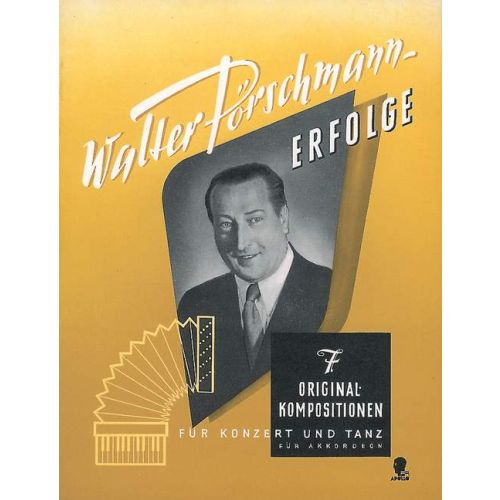
Many people don’t know that there was a time when the bandoneon was very popular in Europe, especially in Germany. We speak of a period from the 1920s to the late 1950s. Part of the success of the bandoneon in its own “homeland” was due to a mirror effect of tango‘s great popularity in Argentina (and Europe as well), but the bandoneon was also considered as a genuinely German “popular” instrument in a similar way to the accordion in Italy. It was a golden age for the bandoneon, with musical and cultural exchanges between the Old and the New Continent (as we’ll see). On that shining European bandoneon scenery there was a light that shone in a brighter way: that of Walter Porschmann, the forgotten bandoneon virtuoso.
Think about the great bandoneon virtuosos of the past: the great Roberto di Filippo immediately comes to your mind, as well as Alejandro Barletta, Pedro Maffia, Leopoldo Federico, Astor Piazzolla and several others. All great musicians. All from Argentina.
Not many European virtuosos from the past are mentioned. The most obvious thought would be this: there were none. Instead, apparently there was one, and it seems that it was also very important and well known at the time. Little is known about him, and the little information you can find is almost all in German.
In this article, I’ve published all the information I was able to find. Probably other information is closed in some archive of old magazines in Germany.
In this sense, I would like to invite all those who have information to share: it will be published in this article to enrich and deepen Porschmann’s work and memory.
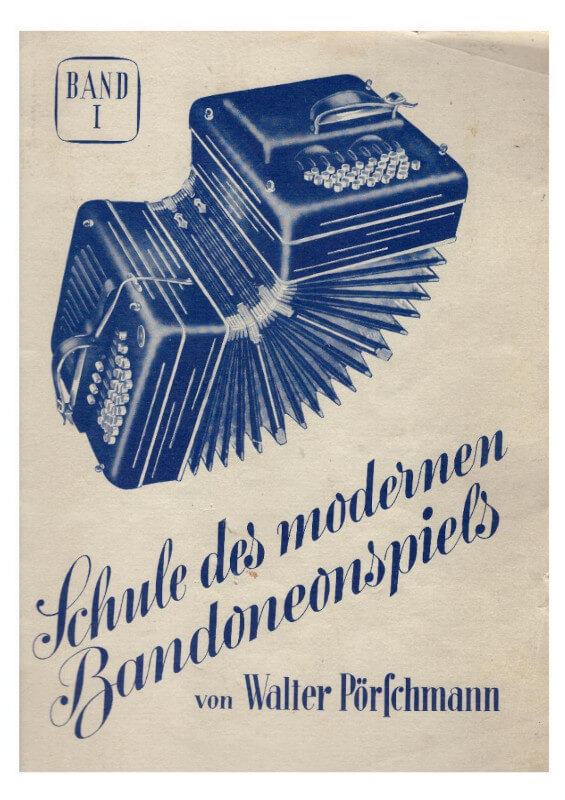
Walter Porschmann played bandoneon 144, also called Einheitsbandonion, a bandoneon version created in 1924 to unify all tens of keyboards then present. Bandoneon 144 is currently played in some parts of Germany.
It is said that Porschmann was not only a virtuoso of 144, but that he also contributed significantly to the design of this new (and in many ways more reasonable) keyboard layout. But his contribution to the world of bandoneon is not limited to 144: let’s see why.
It seems that Porschmann contributed to giving to the bandoneon that sound that makes it so unmistakable and of fundamental importance to tango. I quote and translate from this article:
During a business trip to Buenos Aires in 1925, a well-known German teacher and bandoneon player of the time, Walter Pörschmann from Leipzig, traveling representative of Alfred Arnold, told to the company that there were already thousands of bandoneonists in the Argentine capital. Since before the First World War the bandoneons were imported from Germany. They were much appreciated and soon spread to the interior of Argentina and subsequently in neighboring countries.
Accordions were initially introduced, but then these were totally replaced by the bandoneon, and Pörschmann suggested Alfred Arnold not to tune them with the sweet accordion and concertina timbre, but with the drier, raucous and unmistakable concert tone which characterizes the fueye (as it was nicknamed in the Río de la Plata area).
Speaking of that direct experience with Argentine tango Porschmann said:
Ein Tango ohne Bandonion ist hier überhaupt undenkbar. Man muss einmal diese argentinischen Spieler gehört haben und dann begreift man, was Tango spielen bedeutet. Denn beim Tango sind alle Instrumente zur Unterstützung des Bandonion da.
TRANSLATION: A tango without bandonion here is unthinkable. You must hear these Argentine bandoneon players at least once and then you will understand what tango is. Because in tango all the other instruments are there to support the bandonion.
For the record: Porschmann used the term bandonion, which is the name by which the instrument was (and is) known in Germany, while the most common bandoneón we all use was given to it in the Rio de la Plata area.
This is the translation from German to English of Porschmann’s biography according to Wikipedia.
Walter Pörschmann (Leipzig, 16-03-1903; † 31-07-1959 Beerfelden, Odenwald) was a German bandoneonist and composer during the 1920s till the 1950s.
At the age of nine Walter Pörschmann received his first bandoneon lessons from his father, the bandoneon teacher and music dealer Otto Pörschmann († 1931), and he also studied piano and music theory. At the age of 16 he did his first public appearance as a soloist.
Pörschmann made a career as a composer and arranger, as well as a virtuoso of the bandoneon. In 1924, at the age of 21, he was involved in designing the standard 144-tone bandoneon. In 1925 he toured Argentina with the tango band of Juan Llossas. Later he toured in Germany and in many other European countries as a member of major orchestras. In 1927 he opened a music shop in Berlin and was successful in various dance orchestras, particularly with tango and polka.
In 1931 he took over his parents’ musical business in Leipzig. From 1933 onwards, Pörschmann returned to Berlin and worked as a bandoneon teacher at the Stern Conservatory. During the Third Reich he also devoted himself more and more to the accordion. In 1939 Pörschmann was sent to the front to keep the morale of the troops high. After the end of the war he continued his career, first in Leipzig then in Frankfurt. As from 1957, he regularly appeared on the Hessian Radio TV program.
Walter Pörschmann died at the age of 56 during a tour.
His compositions and arrangements, including teaching and study works, still have their admirers today, who indisputably praise him as the greatest German bandoneon player. However, Walter Pörschmann is no longer present in the public consciousness.
It is difficult to accurately delineate the figure of Porschmann based on the few available sources, however it is evident that he saw in bandoneon the possibility of a solo instrument par excellence and in this sense I think he was ahead of the times.
I again invite all those who have material on Walter Porschmann to share it: photos, anecdotes, documents, recordings. In this way, we’ll ensure that the greatest German bandoneon player of the past doesn’t remain forgotten.

In this bandoneón tutorial I explain the first of a series of preparatory exercises. After having dedicated a series of videos to the fundamental aspects
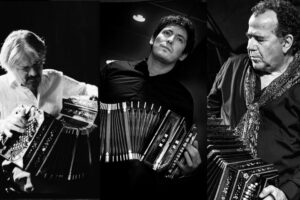
Learn about chromatic bandoneons! Download FREE PDF keyboard layouts for Peguri, Manoury, & Crosio-Caliero systems. Unisonoric bandoneon explained for beginners.
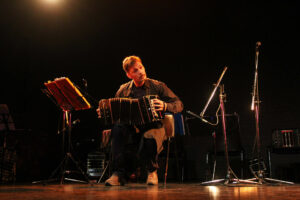
A Lesson from the Bandoneon to Move from Stage Panic to Expressiveness 2024 is coming to an end and I have been very busy during
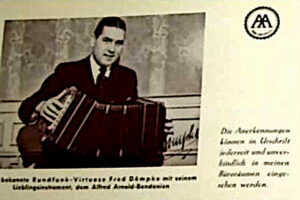
Who is Fred Dömpke and why should deserve more consideration among the bandoneon players? The bandoneon is conquering a significant role in jazz. Many bandoneon

The Bandoneon Price depends on the type of Bandoneon you want to buy. The equation is simple: if you want to learn to play the

Discussing Bandoneon Making with Baltazar Estol A few years ago I saw a video by M. Rodolfo Daluisio playing a bandoneon built by Baltazar Estol.